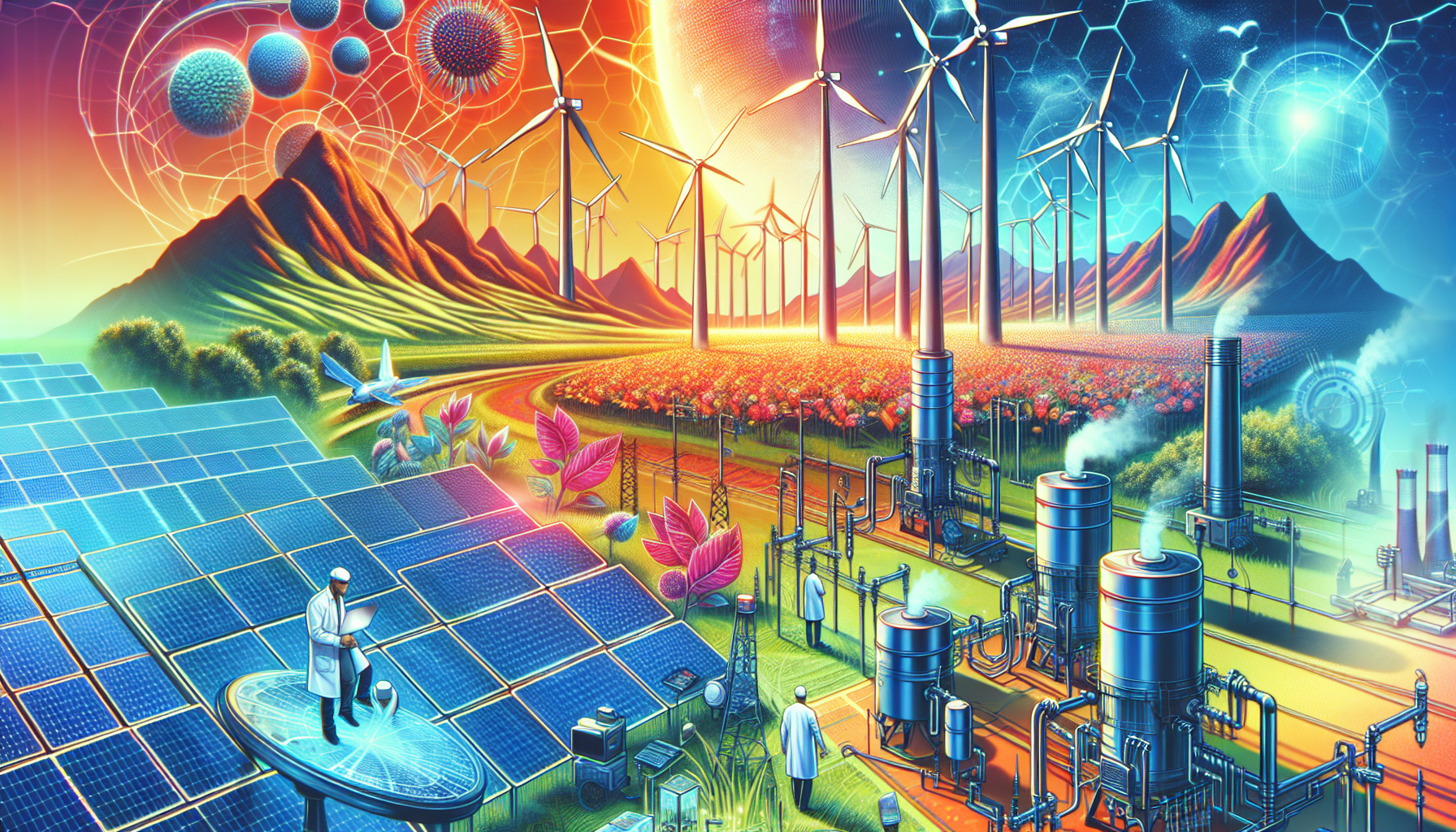Climate change remains one of the most profound challenges of our time, demanding innovative solutions that can both mitigate and adapt to its effects. Recent advances in technology and sustainability efforts offer promising avenues to combat global warming. This article delves into some of the latest innovations in renewable energy, carbon capture, and broader sustainability efforts that aim to save our planet.
Renewable Energy: Turning Sunlight, Wind, and Water into Power
Renewable energy technologies have advanced significantly, making solar, wind, and hydropower more efficient and accessible than ever before.
1. Solar Power Innovations: Solar panels have become more efficient at converting sunlight into electricity. Innovations such as bifacial solar panels, which capture sunlight from both sides, and perovskite solar cells, known for their high efficiency and low production costs, are revolutionizing the field. Integration of solar tiles into building materials is another stride, allowing for seamless and aesthetic incorporation of solar technology into homes and commercial buildings.
2. Wind Energy Advances: Technological advancements in wind energy include the development of larger and more efficient turbines. Offshore wind farms, which take advantage of stronger and more consistent winds over the ocean, are also gaining traction. Floating wind farms are a groundbreaking innovation, enabling turbines to operate in deeper waters where traditional fixed-bottom turbines are not feasible.
3. Hydropower and Marine Energy: While conventional hydropower has long been a staple of renewable energy, new methods of harnessing energy from water are emerging. Tidal and wave energy converters capture the kinetic energy of ocean currents and waves. These technologies are still in the experimental stages but have the potential to provide a substantial amount of clean energy.
Carbon Capture: Reducing the Carbon Footprint
Efforts to combat climate change are not limited to producing clean energy; capturing and storing carbon dioxide (CO2) from the atmosphere is equally crucial.
1. Direct Air Capture (DAC): Direct Air Capture is a groundbreaking technology that involves extracting CO2 directly from the air. Companies like Climeworks and Carbon Engineering are pioneering this field, developing large-scale machines that can capture CO2 and either store it underground or repurpose it for use in industries such as concrete production or synthetic fuels.
2. Bioenergy with Carbon Capture and Storage (BECCS): BECCS combines biomass energy production with carbon capture and storage. Plants absorb CO2 as they grow, and when biomass is used to produce energy, the CO2 that is emitted is captured and stored. This process can potentially result in negative emissions, meaning it removes more CO2 from the atmosphere than it adds.
Sustainability Efforts: Reducing Waste and Enhancing Efficiency
Beyond energy and carbon capture, broader sustainability initiatives are essential for a holistic approach to combating climate change.
1. Circular Economy: The shift towards a circular economy aims to minimize waste and make the most of available resources. This involves redesigning products for longer life, encouraging reuse and recycling, and recovering materials from end-of-life products. Companies are adopting circular practices to reduce their environmental impact and promote sustainable consumption.
2. Sustainable Agriculture: Agriculture is a significant source of greenhouse gas emissions, but innovations in sustainable farming practices can reduce this impact. Precision agriculture uses technology such as drones, sensors, and AI to optimize the use of resources like water and fertilizers, reducing waste and emissions. Agroforestry, the integration of trees into agricultural land, can sequester carbon, enhance biodiversity, and improve soil health.
3. Green Building Technologies: Green building technologies focus on improving the energy efficiency of buildings, which are a major source of energy consumption and emissions. Innovations include smart building systems that optimize energy use, materials with improved thermal properties, and construction methods that reduce waste and emissions. Retrofitting existing buildings with energy-efficient technologies is also a key component of reducing the built environment's carbon footprint.
Conclusion
The fight against climate change is multifaceted, requiring a combination of technological innovation, policy change, and societal commitment. Renewable energy sources, carbon capture technologies, and broad sustainability efforts collectively form the trinity of modern climate change mitigation strategies. As these innovations continue to evolve and proliferate, they offer hope for a more sustainable and resilient future. It is imperative that governments, businesses, and individuals support and invest in these technologies to ensure the well-being of our planet for generations to come.
